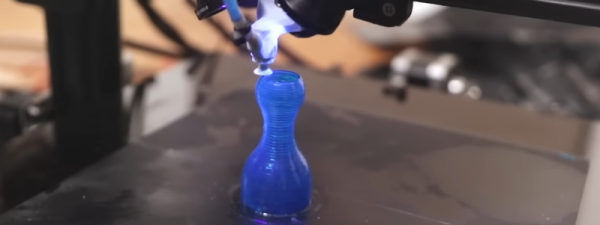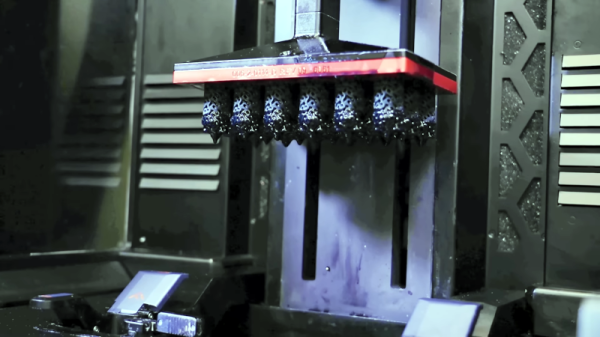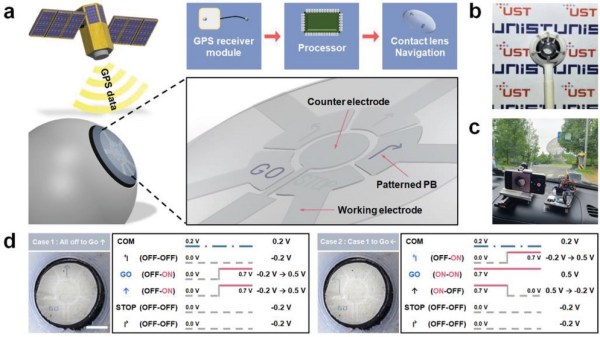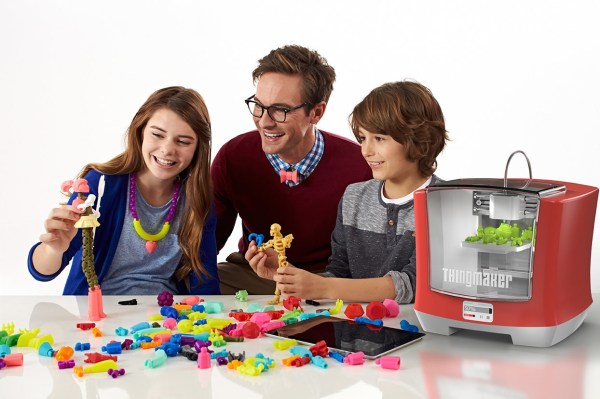Lenses are a necessary part of any head-mounted display, but unfortunately, they aren’t always easy to source. Taking them out of an existing headset is one option, but one may wish for a more customized approach, and that’s where [WalkerDev]’s homebrewed “pancake” lenses might come in handy.
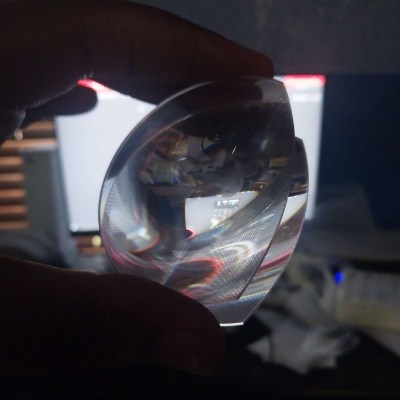 Engineering is all about trade-offs, and that’s especially true in VR headset design. Pancake lenses are compact units that rely on polarization to bounce light around internally, resulting in a very compact assembly at the cost of relatively poor light efficiency. That compactness is what [WalkerDev] found attractive, and in the process discovered that stacking two different Fresnel lenses and putting them in a 3D printed housing yielded a very compact pancake-like unit that gave encouraging results.
Engineering is all about trade-offs, and that’s especially true in VR headset design. Pancake lenses are compact units that rely on polarization to bounce light around internally, resulting in a very compact assembly at the cost of relatively poor light efficiency. That compactness is what [WalkerDev] found attractive, and in the process discovered that stacking two different Fresnel lenses and putting them in a 3D printed housing yielded a very compact pancake-like unit that gave encouraging results.
This project is still in development, and while the original lens assembly is detailed in this build log, there are some potential improvements to be made, so stay tuned if you’re interested in using this design. A DIY headset doesn’t mean you also must DIY the lenses entirely from scratch, and this option seems economical enough to warrant following up.
Want to experiment with mixing and matching optics on your own? Not only has [WalkerDev]’s project shown that off-the-shelf Fresnel lenses can be put to use, it’s in a way good news that phone-based VR is dead. Google shipped over 10 million cardboard headsets and Gear VR sold over 5 million units, which means there are a whole lot of lenses in empty headsets laying around, waiting to be harvested and repurposed.

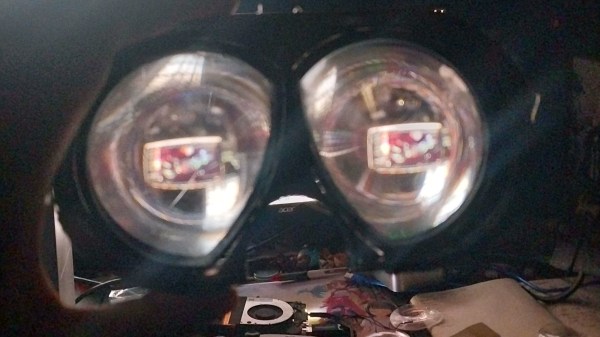
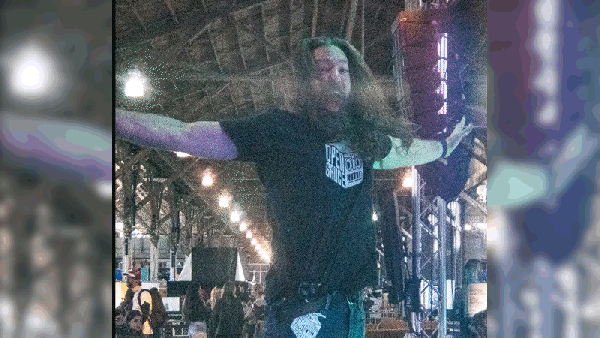
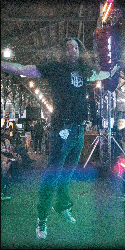 In building a new lens for the Open Sauce ’23 event, [scealux] wanted to get variable aperture working, while also improving focus speed. The lens was also intended for use with a Sony A7R3. Unlike his previous effort, this lens would only work on the full-frame Sony FE mount cameras.
In building a new lens for the Open Sauce ’23 event, [scealux] wanted to get variable aperture working, while also improving focus speed. The lens was also intended for use with a Sony A7R3. Unlike his previous effort, this lens would only work on the full-frame Sony FE mount cameras.
